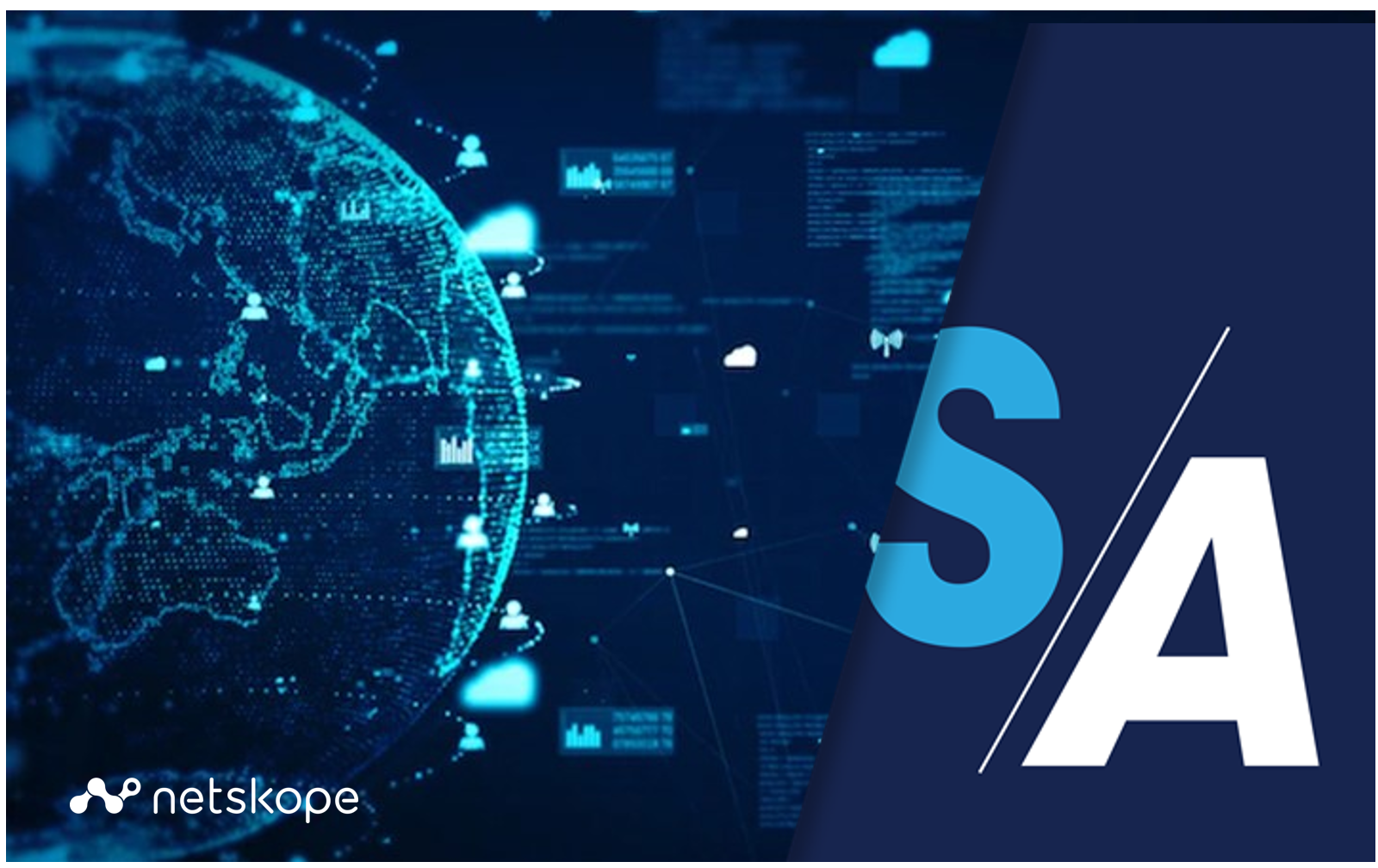Security challenges and lessons in a post COVID world
Recently some IT leaders discussed with me their experiences managing a secure environment amidst the COVID upheaval. – Charlie Tannous, Director of...

In today’s digital world, network security is a critical concern for enterprises. Traditional approaches to network security are no longer effective in securing the distributed enterprise network. Security Service Edge (SSE) is emerging as a comprehensive and efficient approach to securing enterprise networks. Gartner’s latest report, “Critical Capabilities for Security Service Edge,” provides insights on the key capabilities that an SSE solution should possess. In this article, we summarise the key takeaways from the report and explain why SSE is the future of network security.
Traditional network security solutions were designed to protect the enterprise network perimeter, assuming all critical applications and data reside within the corporate data centre. However, with the increasing adoption of cloud services and the rise of remote workforces, enterprise networks have become more distributed and complex, making them vulnerable to new threats. Traditional security solutions are not designed to handle these new challenges, resulting in limited visibility and control over the enterprise network.
“In the era of hybrid and flexible working arrangements, characterised by the proliferation of IoT solutions and the dominance of SaaS and cloud services, we are confronted with the paradigm of borderless environments. The limitations of traditional network and security boundaries are insufficient in effectively safeguarding our customers’ networks. To overcome this challenge, it is imperative that we adapt and transcend previous constraints. The adoption of cutting-edge solutions such as Security Service Edge (SSE) becomes paramount, as it offers robust security measures and enhances resilience in this dynamic and ever-evolving landscape.” Julian Dagher, CTO, Secure Agility.
SSE is a cloud-based security architecture that delivers network security functions from the cloud edge, rather than from traditional on-premises appliances. SSE provides a comprehensive and efficient approach to securing the distributed enterprise network, including branch offices, remote workers, and cloud applications. SSE enables security to be delivered as a service, allowing enterprises to focus on their core business activities, rather than on managing security infrastructure.
Gartner’s report identifies five critical capabilities that an SSE solution should possess:
SSE provides several benefits over traditional network security solutions, including:
“In today’s perimeter-less, cloud-first world, a new security approach is needed to protect data and users everywhere without complicating operations or hindering business productivity. The Netskope security cloud provides unrivalled visibility and inline data and threat protection when accessing cloud services, websites, and private applications from anywhere on any device. Netskope uniquely understands the cloud and provides a data-centric, consolidated architecture using one of the world’s largest and fastest security networks, empowering security operations teams with the protection, availability and speed they need to build a modern, Security Service Edge (SSE)-enabled environment and safely accelerate their business.” – Scott Reeves, Business Systems Analyst, Netskope.
Gartner predicts that by 2024, 60% of enterprises will have replaced their remote access virtual private network (VPN) with SSE solutions. SSE adoption is driven by the need for a more comprehensive and efficient approach to securing the distributed enterprise network, as well as the benefits of reduced complexity and lower total cost of ownership.
In conclusion, Gartner’s latest report “Critical Capabilities for Security Service Edge” highlights the importance of SSE in addressing the limitations of traditional network security solutions. SSE provides a comprehensive and efficient approach to securing the distributed enterprise network, including branch offices, remote workers, and cloud applications. It delivers security as a service, eliminating the need for enterprises to invest in expensive security infrastructure. SSE adoption is driven by the need for a more comprehensive and efficient approach to securing the distributed enterprise network, as well as the benefits of reduced complexity and lower total cost of ownership.

Recently some IT leaders discussed with me their experiences managing a secure environment amidst the COVID upheaval. – Charlie Tannous, Director of...

In today's rapidly evolving digital landscape, traditional cyber security measures often fall short in addressing sophisticated threats. Managed IT...

As cyber threats grow in complexity, many businesses find that traditional in-house security measures are no longer sufficient. Managed cyber...